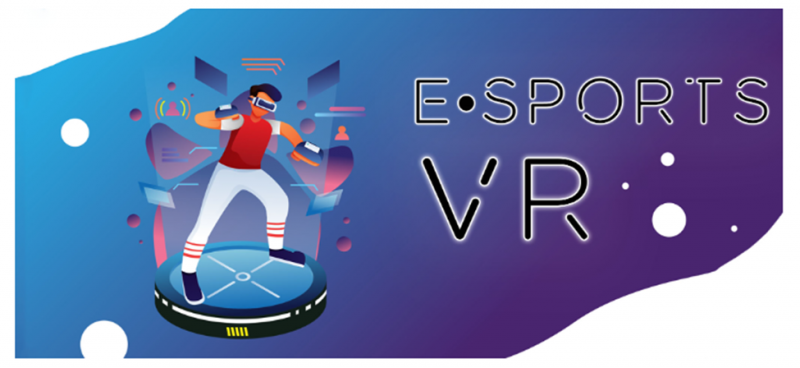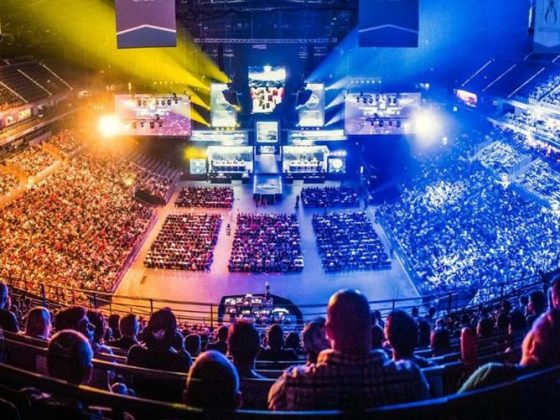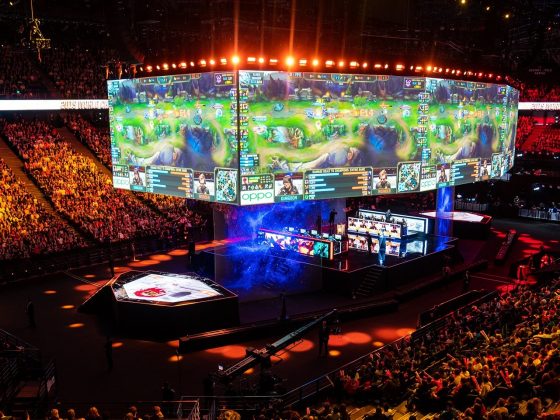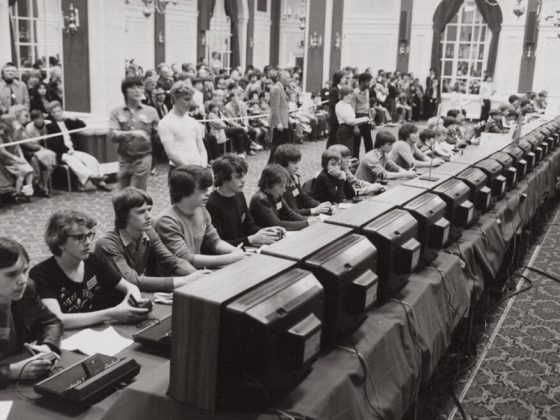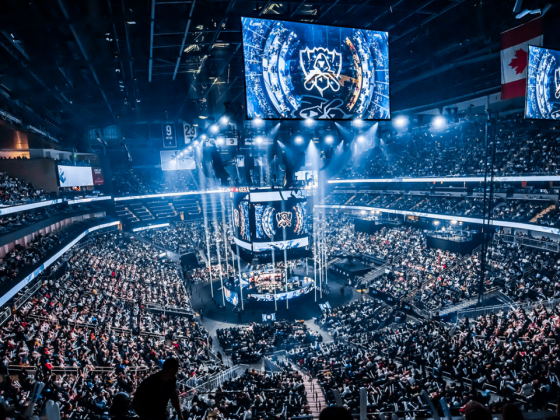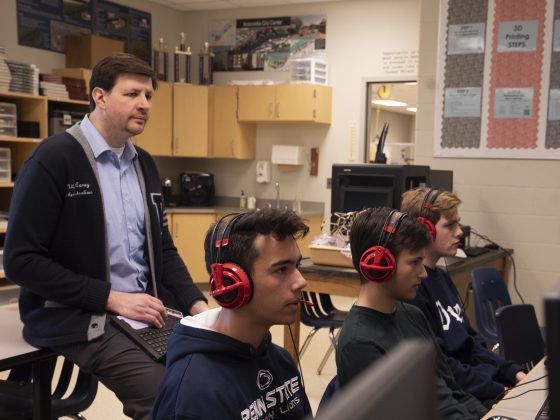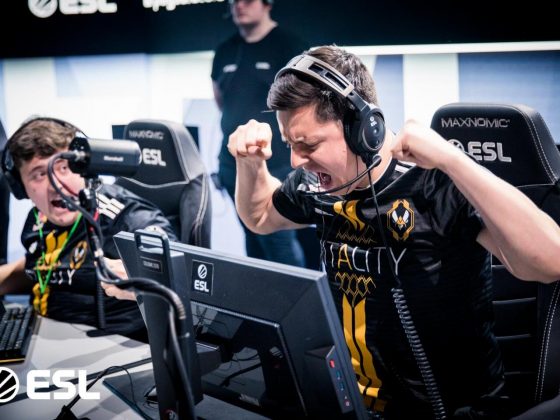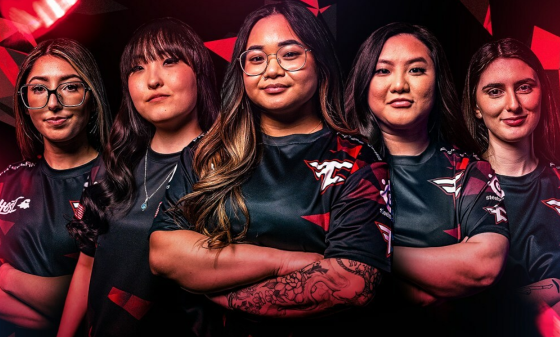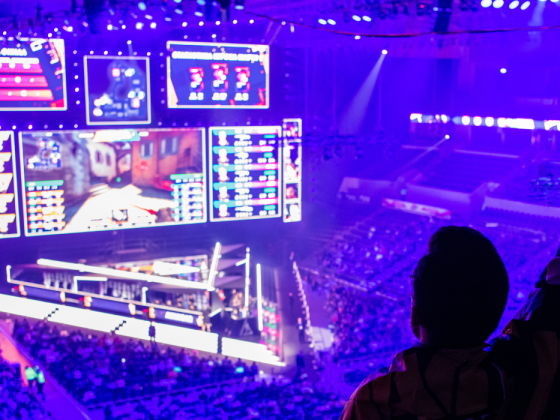The world of eSports has witnessed an unprecedented surge in popularity over the past decade, with millions of fans tuning in to watch professional gamers compete in various video game titles. As this industry continues to grow, so does the demand for innovation and novel ways to engage players and spectators alike. One of the most exciting advancements on the horizon is the integration of virtual reality (VR) technology into eSports. The future of VR in eSports promises to deliver immersive gaming experiences that could revolutionize the way we play and spectate.
The Current State of eSports
Before delving into the future of VR in eSports, it’s important to understand the current landscape of competitive gaming. eSports tournaments have evolved into major events, filling stadiums and attracting viewership numbers that rival traditional sports. Titles like League of Legends, Dota 2, and Counter-Strike: Global Offensive have become global phenomena, with professional players earning substantial incomes and fan followings.
However, despite its impressive growth, the eSports industry faces certain challenges. One of the most significant is the need to keep the viewer experience fresh and exciting. As with any sport, innovation is key to maintaining and expanding the fan base, and this is where VR comes into play.
The Promise of Immersive Gaming
Virtual reality technology has made significant strides in recent years, providing gamers with more realistic and immersive experiences than ever before. VR headsets, motion controllers, and haptic feedback devices allow players to feel like they are inside the game world, interacting with it in ways that were previously unimaginable.
When applied to eSports, VR has the potential to take competitive gaming to a whole new level. Imagine stepping into the shoes of your favorite professional gamer, seeing the virtual world through their eyes, and feeling the tension and excitement of the game as if you were on the battlefield yourself. This level of immersion has the power to redefine what it means to be a spectator and a player in the eSports arena.
VR eSports: What Lies Ahead
1. Enhanced Spectator Experience
VR will not only benefit players but also spectators. Virtual reality technology can transport viewers into the heart of the action, allowing them to watch matches from any angle, as if they were in the arena. Fans can choose to sit in virtual crowds, interact with other viewers, and even get a 360-degree view of the game, making the experience more engaging and interactive.
2. Training and Skill Development
For professional gamers, VR can be a valuable tool for training and skill development. VR simulations can replicate in-game scenarios, enabling players to practice and refine their strategies in a hyper-realistic environment. This will likely lead to higher levels of competition and skill within the eSports community.
3. New Game Titles and Experiences
The integration of VR into eSports will undoubtedly lead to the development of new game titles and experiences designed specifically for VR gameplay. Game developers will have the opportunity to explore uncharted territory, creating unique and compelling gaming experiences that cater to the immersive nature of VR.
4. Inclusivity and Accessibility
VR eSports also has the potential to be more inclusive and accessible. Traditional eSports require players to have expensive gaming setups, but VR can level the playing field by offering immersive experiences that are more affordable and accessible to a broader audience.
Challenges and Considerations
While the future of VR in eSports is promising, there are challenges to overcome. VR technology is still relatively expensive, and not everyone has access to the necessary equipment. Additionally, motion sickness remains a concern for some users, and developers must continue to address this issue to ensure a comfortable experience.
Conclusion
The future of virtual reality in eSports holds immense potential. It promises to enhance the spectator experience, revolutionize training and skill development for players, create new gaming experiences, and promote inclusivity in the competitive gaming community. While challenges exist, continued advancements in VR technology and the growing interest in eSports suggest that we are on the cusp of a new era in gaming. As VR and eSports continue to intersect, we can expect to see immersive gaming experiences that captivate both players and fans, shaping the future of competitive gaming as we know it.
